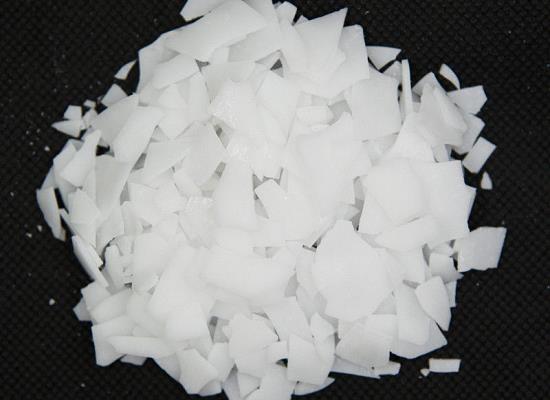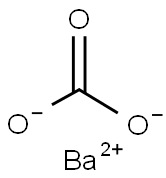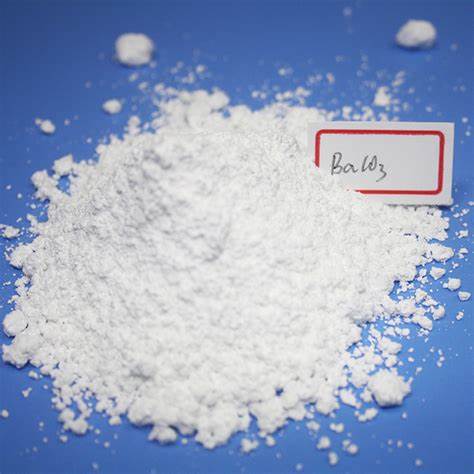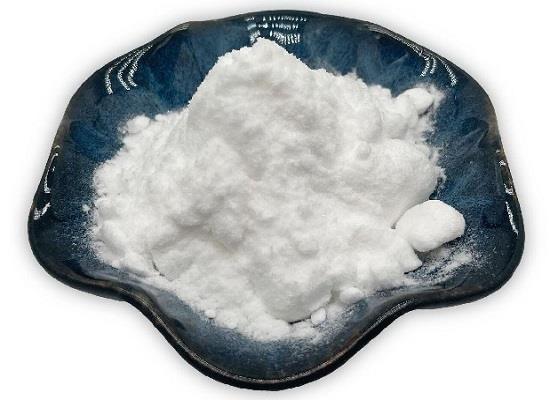Barium Carbonate: Multi-Step Crystallization and Toxicity
General Description
The multi-step crystallization process of barium carbonate involves intricate transitions from amorphous to crystalline forms, notably converting rapidly into gortatowskite before further recrystallizing into witherite. Advanced techniques like X-ray scattering and electron microscopy have been crucial in studying these dynamic transformations. However, barium carbonate poses a significant toxicity risk when ingested, disrupting bodily functions and potentially leading to severe conditions like hypokalemia and cardiac arrhythmias. This article will introduce the potential sources and treatment.

Figure 1. Barium carbonate
Multi-Step Crystallization
Background
Barium carbonate has recently attracted attention for the complex yet controllable nano- and microstructures that can be precipitated under far-from-equilibrium conditions. Remarkably similar to the fossilized remains of putative life forms, these materials provide evidence that a high degree of control over the crystallization process can be exerted without organic molecules. Mechanisms that underlie the formation of BaCO3 in these systems exhibit some similarities to pathways of CaCO3 crystallization, including the formation of amorphous precursors. ‘Liquid-like’ precipitates can form prior to crystallization of both CaCO3 and BaCO3 in confinement or in the presence of charged polymeric additives. Solid amorphous calcium barium carbonate (ACBC) with equal parts barium and calcium have been synthesized. Intracellular calcium- and barium-containing amorphous carbonate precipitates have recently been found in many species of cyanobacteria, and particles of macromolecule-stabilized amorphous barium carbonate (ABC) form in media containing suspended bacteria. However, there are notable differences between precipitation pathways in CaCO3 and BaCO3 systems.1
Advancements
Derk Joester et. al. published a research paper, which found that ABC is a highly transient precursor to a crystalline barium carbonate monohydrate that we refer to as gortatowskite. It shows that there is a surprisingly rich chemistry hidden in plain sight in the BaCO3-H2O system. The combination of in situ techniques with high time and spatial resolution enabled deep insights into the pathway along which highly metastable precursors ABC and gortatowskite transform. Interestingly, this pathway bears strong resemblance to that observed in the calcium phosphate system, inasmuch as the temporal evolution from spherical amorphous particles to ribbons, plates, and acicular spherulitic crystals is also observed to occur in the same sequence. However, in the barium carbonate system these transformations occur at least three orders of magnitude faster. 1
Toxicity
Sources
Barium intoxication is a rare cause of hypokaemia. It results from ingestion or inhalation of the soluble acid salts of barium I. Common household products, e.g. rodenticides, insecticides and hair removers are known sources of accidental or suicidal barium poisoning-A, In clinical practice the most common cause of acute toxicity is ingestion of the rodenticide barium carbonate (BaCO3). Occupational poisoning to barium is uncommon.2
Treatment
Treatment for barium carbonate poisoning included gastric lavage with 2%-5% magnesium sulphate. Intravenous magnesium sulphate (2.5 g) was also given. The acute attack of hypokalaemic paralysis required intravenous potassium chloride supplementation, which was added to intravenous glucose-free solutions at a final concentration of 40 mEq/L and administered at a rate of 10 mEq/h. Not more than 200 mEq of potassium was given in 24 h. Mechanical ventilation was needed in cases of respiratory paralysis and continued until recovery of spontaneous respiration.2
References:
[1] DR. MICHAEL L. WHITTAKER. Multi-Step Crystallization of Barium Carbonate: Rapid Interconversion of Amorphous and Crystalline Precursors[J]. Angewandte Chemie, 2017, 129 50: 15979-16306. DOI:10.1002/ange.201709526.[2] A K AGARWAL. Hypokalaemic paralysis secondary to acute barium carbonate toxicity.[J]. Tropical Doctor, 1995, 25 3. DOI:10.1177/004947559502500304.
You may like
Related articles And Qustion
See also
Lastest Price from Barium carbonate manufacturers

US $8.00/KG2025-06-09
- CAS:
- 513-77-9
- Min. Order:
- 1KG
- Purity:
- 99%
- Supply Ability:
- 10 ton

US $10.00/KG2025-04-21
- CAS:
- 513-77-9
- Min. Order:
- 1KG
- Purity:
- 99%
- Supply Ability:
- 10 mt




